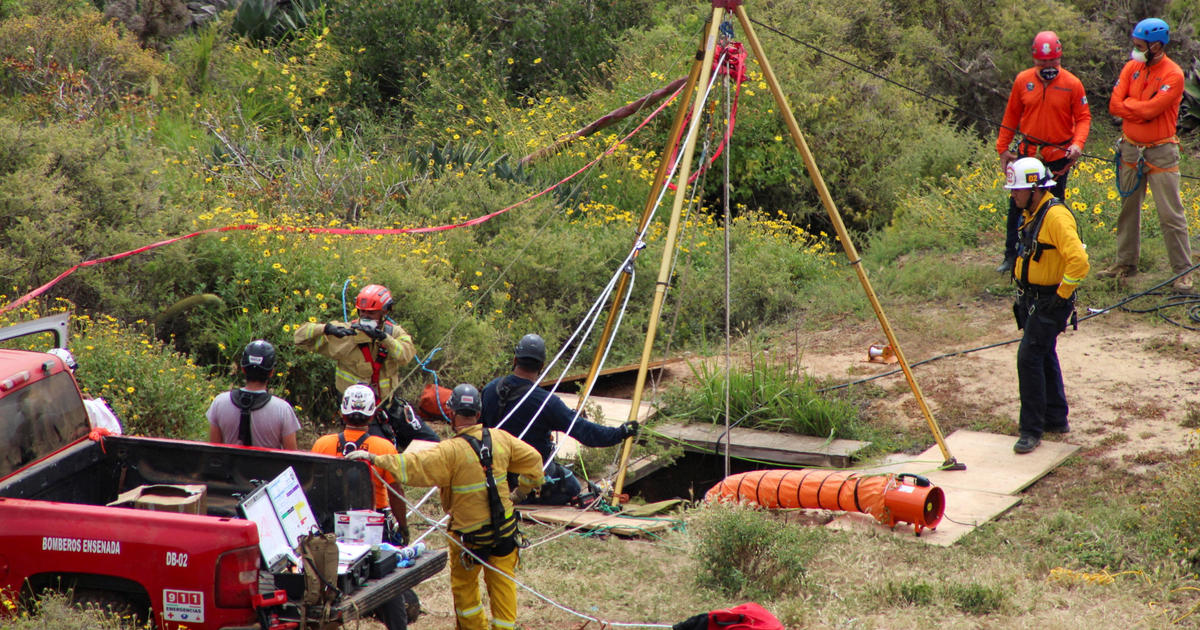Video captures long-lost echidna species named after Sir David Attenborough that wasn't seen for decades
For more than 60 years, researchers have been unable to physically see a critically endangered animal known as one of the world's most unusual mammals. But now, one of Attenborough's long-beaked echidna, named for famed biologist and naturalist Sir David Attenborough, has been found – and caught on camera.
The animal in question is considered both "bizarre" and "iconic" by the University of Oxford, one of the partners who led the expedition to Indonesia's Cyclops Mountains, where it was found.
"Attenborough's long-beaked echidna has the spines of a hedgehog, the snout of an anteater, and the feet of a mole. Because of its hybrid appearance, it shares its name with a creature of Greek mythology that is half human, half serpent," said expedition lead James Kempton of Oxford's Department of Biology. "The reason it appears so unlike other mammals is because it is a member of the monotremes – an egg-laying group that separated from the rest of the mammal tree-of-life about 200 million years ago."
These animals are considered critically endangered on the International Union for Conservation of Nature's red list, which states that the animals haven't been recorded since 1961. The last time there was even evidence of the species' existence was more than a decade ago, in May 2007, when researchers found traces of digging activity and burrows. While the number of animals in the species is unknown, the red list states the population is "likely to be decreasing and with limited scope for recovery."
According to Oxford, the species is only one of five remaining monotremes, described as "the sole guardians of this remarkable branch of the tree of life." Their status is what makes the detection of one of the animals so unusual.
Kempton said the discovery happened after more than three-and-a-half years of planning and "a lot of hard work." His team had spent four weeks in the Cyclops Mountains earlier this year, where, according to the Oxford release, they battled "extremely inhospitable terrain, including venomous animals, blood-sucking leeches, malaria, earthquakes and exhausting heat." It was only on their final day of the excursion, during which they climbed nearly 7 miles of elevation that they captured the animal – with their final memory card.
"The whole team was euphoric," Kempton told BBC News. "I'm not joking when I say it came down to the very last SD card that we looked at, from the very last camera that we collected, on the very last day of our expedition."
Sir David Attenborough, the species' namesake and a famed naturalist and biologist known for his iconic narration in various environmental films, was also made aware of the animal's discovery. Kempton told BBC News he wrote a letter to Attenborough, who he said was "absolutely delighted."
The only other specimen of this particular echidna to exist for decades has been the preserved remains of one kept at the Netherlands' natural history museum, BBC News said,
Pepijn Kamminga, the collection manager at the museum, told the U.K. outlet that the specimen they have is "rather flat" and that when it was first discovered, people thought it was "extinct already because it's the only one."
"So [the rediscovery] is incredible news," he said.
With so little known about the species, Kempton and his team hope their finding can help lead to more protection for this and other animals
"Given so much of that rainforest hasn't been explored, what else is out there that we haven't yet discovered?" Kempton told BBC News. "The Attenborough long-beaked echidna is a symbol of what we need to protect - to ensure we can discover it."




